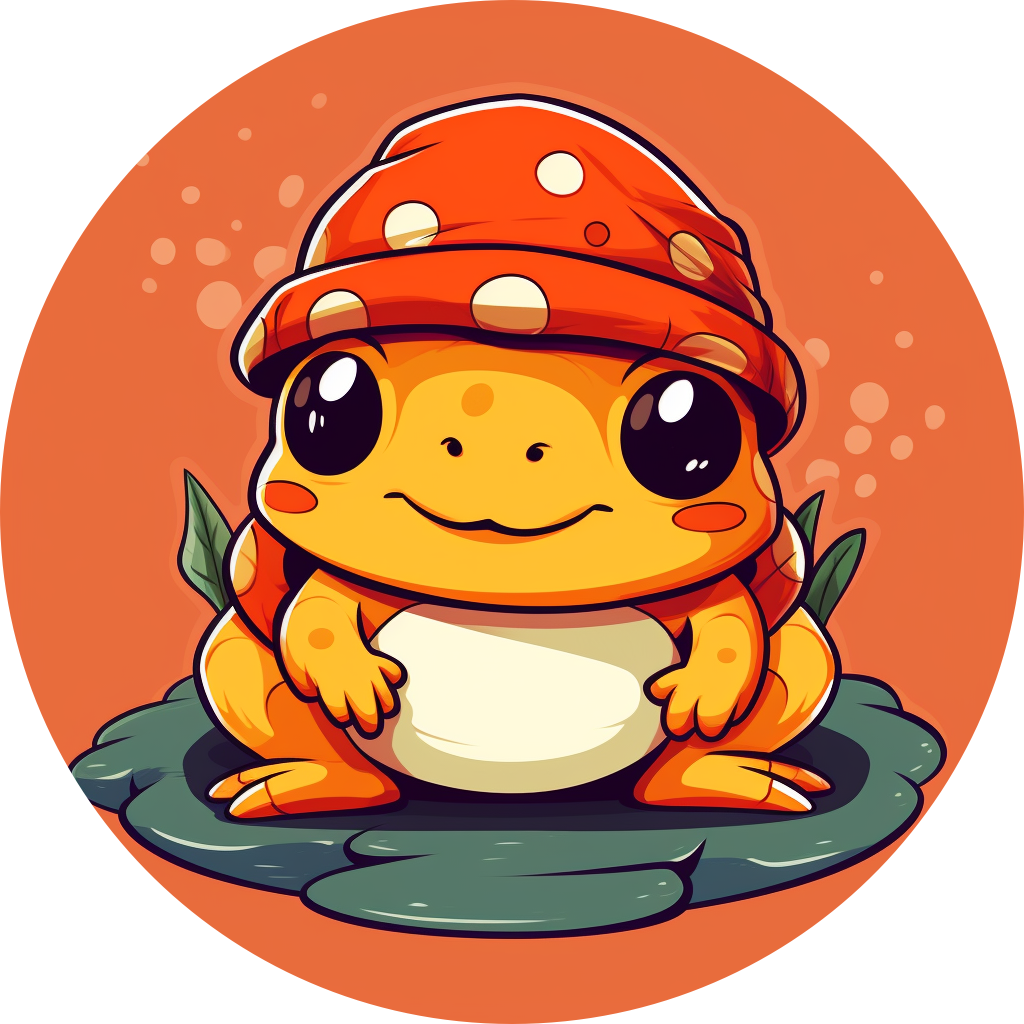🤖 AI-Generated Content
This content has been created using artificial intelligence. While we strive for accuracy, please verify important information independently.
Sometimes, finding what truly matters to you can feel like looking for a very special something, a cherished memory, or perhaps even a person you care for deeply. It's about knowing how to pinpoint that particular item or piece of information you need, no matter where it might be hiding. We're talking about the art of effective searching, using all the clever tools at your disposal to bring what's important right to your fingertips. So, in a way, it's almost like a personal quest to connect with what's meaningful, don't you think?
Think about all the bits of information we come across every day, or the items we might misplace, or even the places we want to visit. Each one of these things, in its own small way, represents something we might want to find. It could be a photo from a long time ago, a message from someone dear, or a place that holds a special meaning. Knowing how to look for these things, actually, makes a big difference in our daily lives, wouldn't you say?
This article will walk you through some very helpful ways to track down what you're after, whether it's information on a webpage, an old email, or even a gadget that connects wirelessly. We will explore different methods for uncovering details, making sure you have the skills to locate whatever it is you're hoping to find. Basically, it's about making your search efforts a lot smoother and more successful.
- Ellie Kemper Naked
- Remoteiot Vpc Ssh Download Free
- Tickzoo
- Nicholas Alexander Chavez Mexican
- Aditi Mistry Nipples
Table of Contents
- Speaking to Find - How Voice Searches Help Buscar Mom
- What About Finding Text on a Page to Help Buscar Mom?
- How Can You Track Down Messages When You Buscar Mom in Your Inbox?
- Where Do We Look for Places When We Buscar Mom on a Map?
- Are There Clever Ways to Search for Images or Very Specific Details to Buscar Mom?
- How Can We Check Our Past Web Visits to Buscar Mom?
- What If Pictures Seem to Disappear When You Buscar Mom?
- Connecting Wirelessly to Buscar Mom Devices Nearby
Speaking to Find - How Voice Searches Help Buscar Mom
Imagine you're trying to find something important, perhaps a recipe your family used to make, and you want to do it quickly without typing. Well, you can actually use your voice to look things up. It's pretty straightforward, really. You just press a button that looks like a little microphone, and then you speak what you are looking for. This method can feel quite natural, a bit like talking to someone who knows all the answers, you know?
To get the most out of talking to your device for a search, it's a good idea to pick your words with some thought. Think about what terms are most likely to show up in the information you're hoping to discover. For instance, if you're looking for a specific type of plant, saying "how to care for a peace lily" will probably get you better results than just saying "plant help." It's about being clear and direct with your spoken request, which actually makes the whole process much more effective.
Learning how to talk to your device to find things is a skill that gets easier with practice. You might find yourself using it more and more as you get comfortable. It helps when you're busy with your hands, or if you just prefer to speak rather than type. So, next time you need to find something quickly, just give the microphone a tap and say what's on your mind; it's a very convenient way to search, honestly.
- Honeytoon Teach Me First
- Stephi Lineburg Wikipedia
- Cailee Spaeny Nude
- Nancy Strang Age
- Aditi Mistry Nipple
What About Finding Text on a Page to Help Buscar Mom?
Sometimes you have a webpage open on your computer, and you know there's a particular word or phrase somewhere on it, but you just can't seem to spot it with your eyes. There's a simple trick for this, a really useful one. You can ask your computer to find specific words or whole phrases right there on the page you're looking at. This is particularly handy when you're going through a long article or a document with lots of text, you know?
The way you do this is pretty simple. There's usually a search box that pops up, often when you press certain keys on your keyboard, like 'Control' and 'F' at the same time on a Windows computer, or 'Command' and 'F' on a Mac. Once that little box appears, you just type in the word or phrase you're trying to find. The computer then highlights every instance of that text on the page, which is very helpful for spotting exactly what you need.
Choosing your search terms carefully here also makes a big difference. If you're looking for something specific, like a particular date or a name, typing that exact detail will give you the best chance of finding it quickly. It saves you from having to read through everything line by line, which can be quite time-consuming, as a matter of fact. This method is a pretty quick way to zero in on the information that matters to you on any open web document.
How Can You Track Down Messages When You Buscar Mom in Your Inbox?
Our email inboxes can get pretty full, pretty fast, can't they? Trying to find an old message, perhaps one from a loved one, can feel like looking for a needle in a haystack. Good news, though: email programs have some really clever ways to help you sort through everything and find just what you're after. You can use a simple search bar, or sometimes there are even special filter options available, too it's almost like having a personal assistant for your emails.
Most email services have a search bar right at the top of your inbox. You can just type in a name, a keyword, or even a part of the subject line, and it will pull up messages that match. But beyond that, many email systems offer advanced ways to look for things. These might include using specific criteria, like searching for messages sent within a certain date range, or only those with attachments, or even messages from a particular group of people. This really helps narrow down your search, honestly.
These advanced search features often let you combine different ways of looking, using what some call "chips" or little tags that represent different search rules. So, for example, you could look for emails from a certain sender *and* that contain a specific word *and* were sent last month. This level of detail makes it much easier to pinpoint that one important message you're trying to locate, which is very useful when you need to find something specific quickly.
Where Do We Look for Places When We Buscar Mom on a Map?
Sometimes you might be looking for a specific kind of place, perhaps a cozy cafe or a bookstore, or maybe even a location that holds a special memory. When you're using a map application on your computer, like Google Maps, finding these spots is pretty straightforward. You just open up the map program, and then you'll see a box where you can type in what you're trying to find. It's almost like asking a friend for directions, but to a vast collection of places, you know?
In that search box, you can type pretty much anything you're interested in. For example, if you're feeling hungry, you could type "restaurants," and the map will show you all the dining spots nearby. Or, if you're looking for a specific type of shop, you can just put that in. The system is designed to understand general terms as well as specific names, which is actually very convenient.
Once you've typed in your request, the map usually shows you a list of results right below the search box, along with markers on the map itself. This makes it really easy to see where these places are in relation to each other, or to your current location. So, whether you're planning a trip or just curious about what's around you, using the map's search feature is a very simple way to find categories of places you might be interested in, and stuff.
Are There Clever Ways to Search for Images or Very Specific Details to Buscar Mom?
When you're looking for something on the internet, sometimes a simple search isn't enough. Maybe you need to find pictures of a certain type, or information that was updated very recently, or even content in a specific language. There are, in fact, some really clever ways to refine your searches to get exactly what you're looking for, even if it's something quite particular, like finding an image from a special occasion. This is where advanced search options come into play, honestly.
For instance, you might want to find websites in a language other than your own, perhaps German sites that have been updated in the last day. Or maybe you're looking for specific kinds of images, like clip art that is only in black and white. These kinds of detailed searches are possible by adding special words or symbols to your search query in the main Google search box. It's a bit like giving the search engine very precise instructions, which is quite powerful.
By using these special commands, you can filter out a lot of the general noise and home in on the very specific details you need. It's a skill that can save you a lot of time and help you uncover information that might otherwise be hard to find. So, if you're ever struggling to find something really specific, remember that adding a few extra words or symbols to your search can make all the difference, you know?
How Can We Check Our Past Web Visits to Buscar Mom?
Have you ever visited a webpage, maybe something interesting you wanted to revisit later, but then you forgot to bookmark it? It happens to all of us. Luckily, your web browser keeps a record of the places you've been online, which is called your browsing history. You can actually look through this history to find those pages again, which is very handy when you're trying to retrace your steps or find something you saw before, you know?
One way to do this is by typing into your browser's address bar, the place where you usually type website addresses. As you start typing, your browser will often suggest pages from your history that match what you're typing. These suggestions can be a quick way to jump back to a site you visited. Alternatively, you can usually go directly to your full search history from within your browser's settings or menu, which is pretty straightforward.
Once you're in your browsing history, you can type in keywords from the page you remember seeing. So, if you recall a specific phrase or a topic from that page, putting that into the history search will help you narrow down the results. This makes it much easier to find that particular article or website you were looking for, even if it was from a while ago. It's a really useful way to recover information you thought you might have lost, as a matter of fact.
What If Pictures Seem to Disappear When You Buscar Mom?
It can be quite upsetting when photos you thought you had suddenly seem to vanish, can't it? Sometimes, this happens because the pictures might have a date associated with them that is different from when you thought they were taken. For example, some devices might assign photos taken very early in the morning, before 4:00 AM, to the previous day. This can make them seem like they're missing when they're actually just filed under a different date, which is a bit confusing, you know?
When you're trying to find a picture using an image from a website, especially an important one, there's a way to do that too. If you're using a web browser like Chrome on your phone, you can set Google as your default search tool. This allows you to press and hold on an image you see on a website, and then you'll often get an option to search for that image. It's a really neat way to find out more about a picture or to see where else it appears online, honestly.
So, if you're trying to track down a lost photo, first consider checking dates around the time you remember taking it, especially the day before if it was an early morning shot. And if you're curious about an image you see online, using the image search feature can help you uncover its origins or similar pictures. These methods can be pretty helpful for finding those visual memories or details you're after, which is very reassuring.
Connecting Wirelessly to Buscar Mom Devices Nearby
Sometimes you want to connect your phone or tablet to other gadgets without using any cables, like headphones, speakers, or even your car's system. This is where Bluetooth comes in really handy. It's a way for devices that are close to each other to talk to one another wirelessly. Learning how to find and set up these Bluetooth devices near your Android phone is actually pretty simple once you know the steps, you know?
To get started, you'll usually go into your phone's settings and look for the Bluetooth option. Once you turn it on, your phone will start looking for other Bluetooth-enabled devices that are nearby and also turned on and ready to connect. It will then show you a list of these devices, often by their names, so you can pick the one you want to link up with. This makes it very easy to find the specific device you're hoping to pair, as a matter of fact.
Once you see the device you want to connect to on the list, you just tap on its name. Your phone might ask you to confirm the connection, or sometimes you'll need to enter a simple code, which is usually provided with the device itself. After that, the two gadgets will be linked, and you can start using them together without any wires getting in the way. It's a very convenient way to expand what your phone can do, allowing it to connect to all sorts of useful accessories.
This article has explored various methods for finding information and connecting devices, from using your voice to search for details, to locating specific text on a webpage. We've looked at how to track down old emails using advanced filters, and how to pinpoint categories of places on a map. We also covered clever ways to refine online searches for images or very specific criteria, and how to revisit past web visits through your browsing history. Additionally, we discussed what to do if photos seem to have unexpected dates and how to use an image from a website to search. Finally, we went over the process of finding and connecting to nearby wireless devices using Bluetooth.
Additional Resources
Visual Content



Disclaimer: This content was generated using AI technology. While every effort has been made to ensure accuracy, we recommend consulting multiple sources for critical decisions or research purposes.
